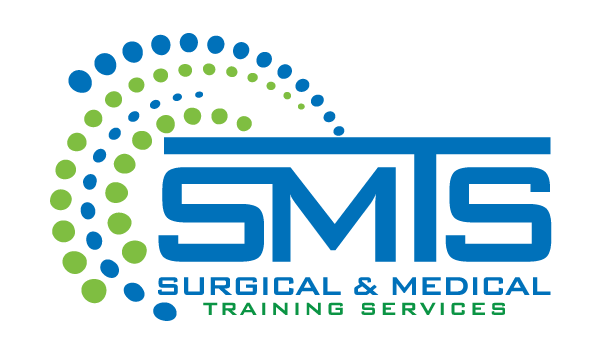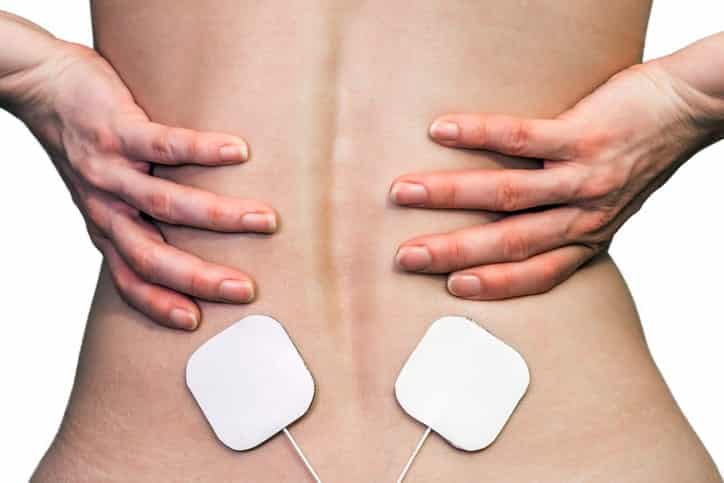Spinal cord stimulation (SCS) has been a known therapy for more than 50 years. At this time, approximately 35,000 patients receive an SCS implant each year. This method of pain management may have gained FDA approval in 1989, but since that time, its use has gained popularity among physicians and their patients. We recently discussed the value of spinal cord stimulation as a drug-free therapy. This conversation needs to continue so more patients are able to find relief from pain in a safe and meaningful way.
WAYS THAT SPINAL CORD STIMULATION IS BEING USED
Spinal cord stimulation works by delivering mild electrical stimulation to the nerve roots at the spinal column, where pain signals originate. These gentle electrical jolts inhibit the transmission of pain sensation from reaching the brain, thus minimizing or eliminating the pain a patient may otherwise have to medicate.
The primary use of SCS is to treat neuropathic pain, which develops out of nerve damage. The cause of nerve damage matters very little; SCS may manage pain originating in disease, injury, or other factors. Most commonly associated with post-surgical back and leg pain, spinal cord stimulation is expanding to usage in other areas of medicine.
In addition to helping patients who have undergone back surgery, SCS is increasingly being considered as an alternative to back surgery. This is especially so in cases where surgical intervention is not expected to fully resolve the cause of pain. Another common indication for spinal cord stimulation is to treat the symptoms of complex regional pain syndrome. Neuropathic pain related to peripheral nerve damage also responds very well to this modality. This includes instances of diabetes, trauma, viral infection, and other conditions.
Although primarily considered for neuropathic pain, spinal cord stimulation also demonstrates efficacy in the treatment of ischemic pain that stems from a lack of oxygenation in tissues. In this area, SCS is suitable for certain vasculitis disorders as well as refractory angina and chronic critical limb ischemia.
We tend to look at the pain-relieving aspect of spinal cord stimulation as the foremost advantage for patients. However, studies indicate that, by altering the processing circuits of the brain and spinal cord, SCS also encourages the restoration of normal pain-inhibition pathways. Finally, by drawing out the body’s natural pain-relieving chemicals, SCS also improves microcirculation.
What’s most impressive about spinal cord stimulation is that it is a therapy that is changing the lives of patients, many of whom had lost hope of living without significant pain.
SMTS – Surgical & Medical Training Services is proud to offer training in spinal cord stimulation. To learn more, call (888) 801-9444.

